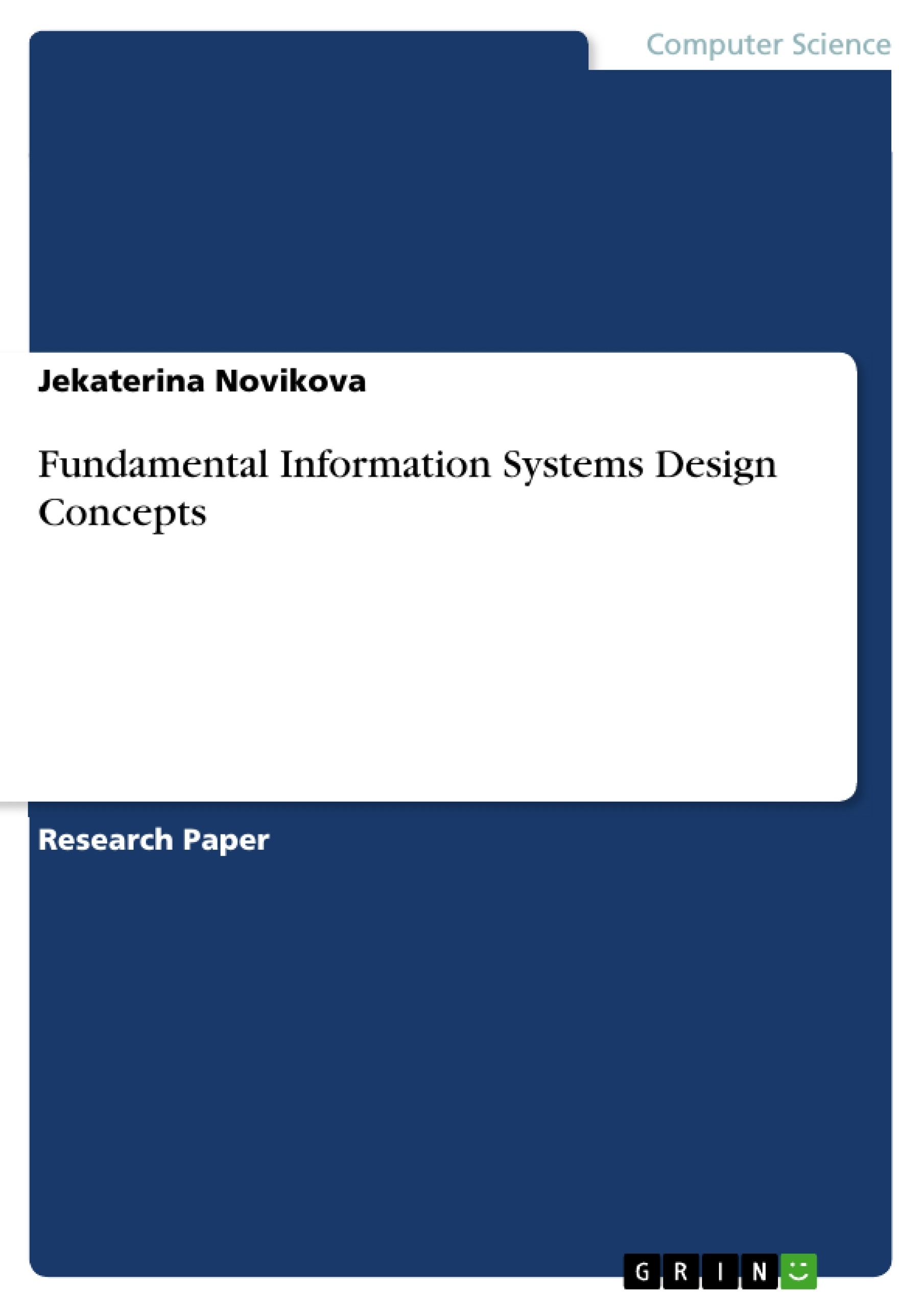In the first part of this paper there will be described my expectations and evaluation of online discussions with fellow student, concerning Moment 2 of the course “Design Theories and Design Research”. In the second part of the paper I’ll describe my personal experiences and impressions from using an information systems development and design method. In the third part of the paper I’ll make a critical review of two educational sources on information systems development.
Introduction
In the first part of this paper there will be described my expectations and evaluation of online discussions with fellow student, concerning Moment 2 of the course “Design Theories and Design Research”. In the second part of the paper I’ll describe my personal experiences and impressions from using an information systems development and design method. In the third part of the paper I’ll make a critical review of two educational sources on information systems development.
Online Learning and Online Discussions
In this section I’ll describe my expectations and evaluation of online discussions with fellow student. From the very beginning of the course I expected it would be different from a usual “real-world” University course, especially meaning communication both between students and between student and a teacher. Harasim (1990) points up several key differences between computer-mediated and face-to-face discussions: time dependence, place dependence, the structure of communication and richness of communication. My experience of the course’s online discussions shows that time and place dependences don’t influence very much the quality and succession of the discussion, just its speed. There is very slight possibility to get answer to your question fast; usually it takes one to three-four days.
Thomas' (2002) research of online discussion shows that the nature of computer-mediated communication affects students’ learning. This study concludes that online discussions call “high levels of cognitive engagement and critical thinking”. However, according to the further study, “the instructor plays an essential role in promoting students’ motivation, enjoyment and perceptions of learning online” (Dezhi Wu, Starr Roxanne Hiltz, 2004). My experience from online discussions totally supported this finding. The discussion’s topics, suggested by the teacher, were formulated in such a way, which provoke intensive discussion and stimulate students to learn more about the subject.
I didn’t feel yet, that the discussion in the message board increased the cohesion in the study group markedly. Maybe, it’s just the beginning and later the discussion will be more effective, but at the moment many students write the message on the board just because it is required by assignment. Usually they don’t answer each other and don’t discuss the point between fellows, but just give their opinion on the discussion topic. Of course, it’s also an important part of learning and I found some interesting links in the students’ messages, but still it’s very little real discussion. Students don’t argue with each other; don’t try to defend their point of view and sometimes don’t come back to check if they have any answer from other students.
Still, after all this experience I rank the online discussions with my fellow students higher than before. First of all, I can see totally different points of view just after some messages. Second, I can find some interesting links in students’ messages. Third, I can read about real-life experience, and it sounds even more important when you realize that this real-life experience comes from very different cultures, as we have student from very different countries.
Personal Experiences from Using ISD Method
In this section I’ll describe my experiences from using an information systems development and design method.
I have some experience in creating web-based systems, which are not very complicated and not very large, such as database-driven hotel-booking system, database-driven blog, content management system etc. When developing these systems, the structured methodology was usually used by system developers. The person responsible for project management created the Gantt chart with start and finish times for specified tasks, which looks like this:
- Citation du texte
- MSc Jekaterina Novikova (Auteur), 2010, Fundamental Information Systems Design Concepts, Munich, GRIN Verlag, https://www.grin.com/document/159369
-

-

-

-
Téléchargez vos propres textes! Gagnez de l'argent et un iPhone X. -

-
Téléchargez vos propres textes! Gagnez de l'argent et un iPhone X. -

-
Téléchargez vos propres textes! Gagnez de l'argent et un iPhone X. -

-
Téléchargez vos propres textes! Gagnez de l'argent et un iPhone X. -

-
Téléchargez vos propres textes! Gagnez de l'argent et un iPhone X. -

-
Téléchargez vos propres textes! Gagnez de l'argent et un iPhone X. -

-
Téléchargez vos propres textes! Gagnez de l'argent et un iPhone X.

